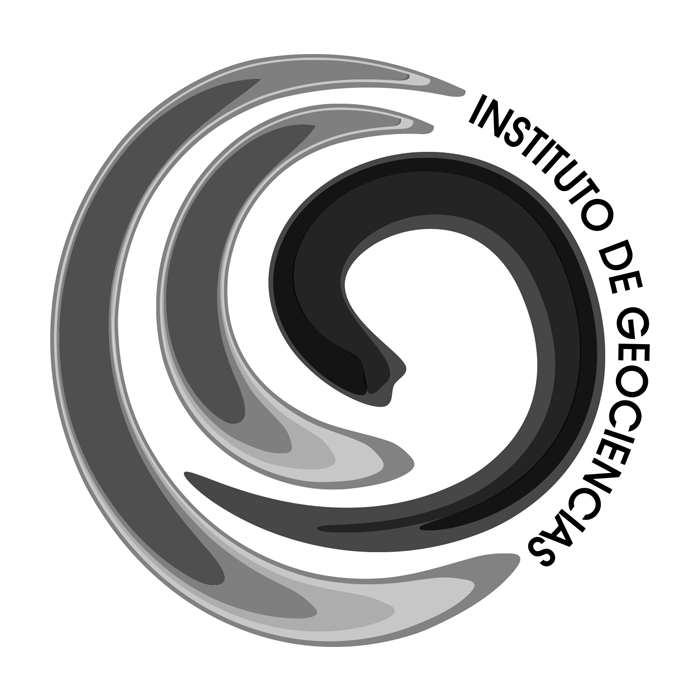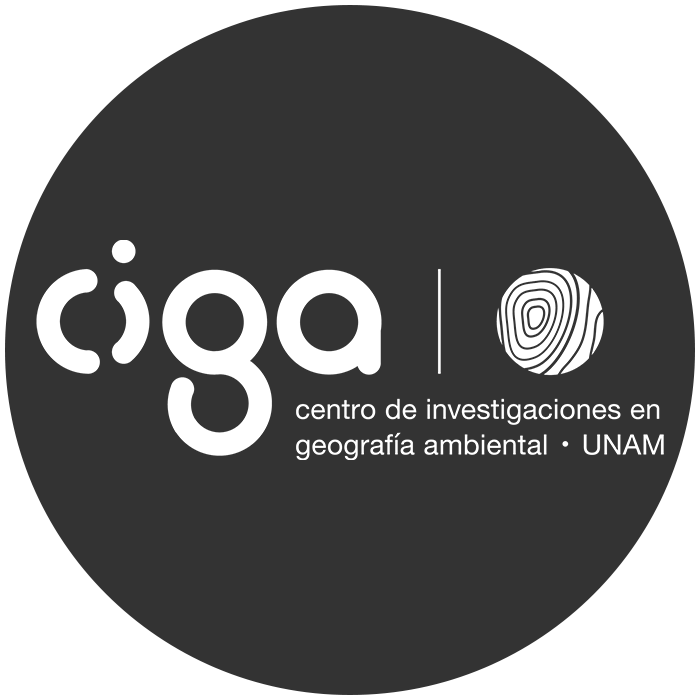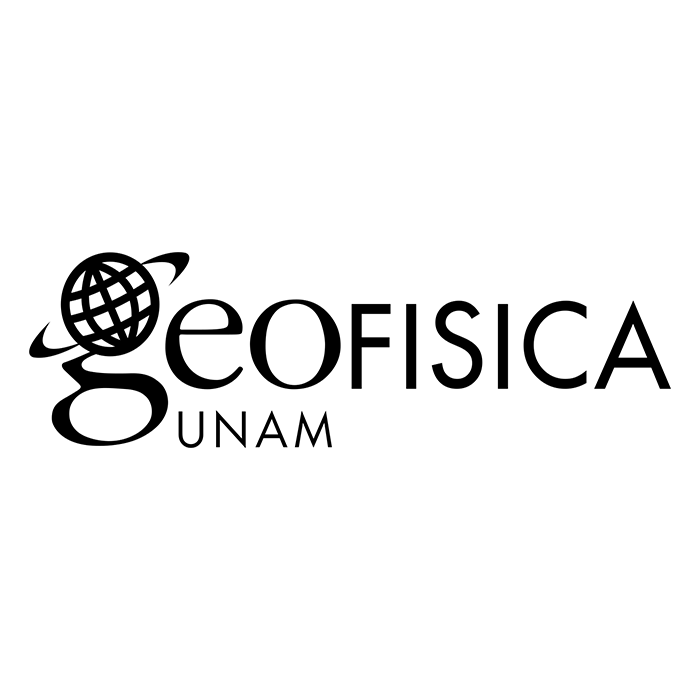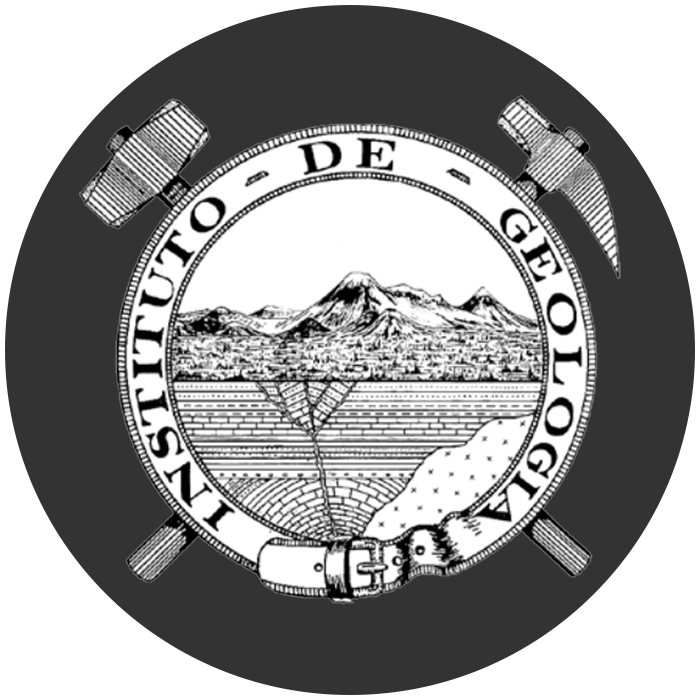About the Journal
- About
- Purpose and theme
- Audience
- Peer-review
- Ethics
- Periodicity and languages
- Publishing institution and financing
- Open access
- Data sharing policies
- Catalogs and Indexes
- Plagiarism detection
- Article Processing Charges
- Errata and retractions
- Long term digital preservation
About:
Terra Digitalis is a peer-reviewed international e-journal, edited by the Institutes of Geography, Geology, Geophysics, Geosciences and the Center for Research in Environmental Geography of the UNAM. We publish maps accompanied by their descriptive articles.
Purpose and theme:
To provide a forum for the publication and consultation of thematic maps related to Earth Sciences, the Atmosphere and Geography, among other disciplines, with the aim of facilitating the online distribution of digital cartographic works and their recognition as a scientific product.
Audience:
It is mainly addressed to the Earth Sciences community in its broadest sense (Solid Earth, Atmosphere, Hydrosphere) as well as to the Geography community, so it primarily publishes maps related to Earth Sciences, the Atmosphere and Geography. Likewise, it prioritizes the publication of studies on Mexico and Latin America, however, it is open to any region of the planet.
Peer-review:
The peer-review system is carried out by external peers, it is double-blind and online.
You can take a look to the evaluation format reviewers need to fullfill.
The maps, accompanied by their articles, that wish to be published in Terra Digitalis must be submitted complying with the points described in the Submit section.
The procedure for the selection of the submitted materials consists of: 1) A first review by the editor-in-chief, to determine if it meets the objective and scope of the magazine. If this is the case: 2) The paper is assigned to the section editor, who will select two external reviewers to perform a double-blind review. Subsequently: 3) The editor-in-chief takes into account the peer reviews and the opinion of the section reviewer to decide if the article can be accepted, in which case the author is informed, and must send the final version of the manuscript taking into account referees reviews and editors opinions.
Ethics:
Terra Digitalis adheres to the COPE ethical standards for publications (http://publicationethics.org/).
Periodicity and languages:
The journal publishes every six months, generating two issues per year (January-June, July-December), only in digital format. The two official languages are English and Spanish.
Publishing institution and financing:
The journal's publishing institution is the Institute of Geography of the National Autonomous University of Mexico, in collaboration with the Institutes of Geology and Geophysics, as well as the Centers for Research in Environmental Geography and Geosciences. The journal is self-financed by this publishing institutions.
Edited by Universidad Nacional Autónoma de México, through the Instituto de Geografía, Circuito de la Investigación Científica s/n, Ciudad Universitaria, Copilco, Coyoacán, C.P. 04510, Mexico City, Tel. (+52 55) 5623-4000 ext. 34514, https://terradigitalis.unam.mx, contacto@terradigitalis.unam.mx
Open access:
Terra Digitalis journal is Open Access and its contents are licensed under a Creative Commons Attribution-Noncommercial-ShareAlike 4.0 International license (CC BY-NC-SA 4.0). The author retains the rights to the published material. Post-prints can be self-archived by the authors (Sherpa-Romeo:blue).
Data sharing policies:
Aiming to facilitate data-literate citizenry, Terra Digitalis actively promotes the FAIR (Findable, Accessible, Interoperable, Reusable) principles for geoscientific data, specifically FAIR geovisualizations: from the computer's perspective, and from the data analyst's perspective (Jacobsen et al., 2020; Degbelo, 2022).
Findable:
From the computer's perspective, the map - article is assigned a DOI, a unique and persistent identifier. Additionally, the peer-reviewed process ensures that metadata are well described.
From the data analyst perspective, the provenance of the map and geoscientific data is described in the article, and the geographic information may be retrieved through queries in the Spatial Data Infrastructure of the Terra Digitalis platform.
Accessible:
From the computer's perspective, the geoscientific data, maps and GIS layers may be downloaded using the Hypertext Transfer Protocol (HTTP).
From the data analyst perspective, the interactive geovisualizations proposed in Terra Digitalis promotes high perceptual effectiveness and map readability, tailored to abilities and expertise of a large range of scientists. Some of the forms discussed by Degbelo (2022) are available in the articles (map, data table, bar chart, histogram, etc.).
Interoperable:
From the computer's perspective, the data and metadata are published through Geonode in a variety of formats that meet the standards of the Open Geospatial Consortium (ISO, FGDC, NASA DIF, DublinCore).
From the data analyst perspective, semantic interoperability across scientific disciplines and the public are encouraged in the peer-review process through adopting widespread design conventions, easily recognized by a broad range of users (map-, text-, and colour brewers).
Reusable:
From the computer's perspective, the article, the map, data and metadata are released with the Creative Commons License (CC BY-NC-SA 4.0), which allows to copy, transform and redistribute the material with the conditions of mentioning the necessary credits to the authors, non commercial use and redistribution occurs with the same license than the original work.
From the data analyst perspective, Terra Digitalis offers a diversity of modalities of interaction, including the visualization of multiple data and data attribute queries. It also provides the means of looking at the data through several display media, including mobile phone, desktop computer and tablet computer.
Degbelo, A. (2022). FAIR geovisualizations: definitions, challenges, and the road ahead. International Journal of Geographical Information Science, 36(6), 1059-1099, https://doi.org/10.1080/13658816.2021.1983579.
Jacobsen, Annika et al. (2020). FAIR principles: interpretations and implementation considerations. Data Intelligence 2(1-2), 10–29, https://doi.org/10.1162/dint_r_00024.
Catalogs and Indexes:
Terra Digitalis is found in the catalog of Academic and Peer-Reviewed Journals of the National Autonomous University of Mexico (UNAM) (http://www.revistas.unam.mx/), the Latindex directory (https://www.latindex.org /) and the Directory of Open Access Journals (DOAJ).
Plagiarism detection:
All submitted manuscripts are reviewed using Turnitin software.
Article Processing Charges:
The magazine does not apply publication charges.
Processing time:
The average processing time for manuscripts (accompanied by their maps), from submission to publication, is 4 months.
Errata and retractions:
The journal allows the publication of errata and is responsible for the retraction of articles.
Errata: Errors in articles are identified and corrected. The original document remains available and at the end of the text it is reported that a correction was made (referring to the "Errata" document).
Retraction: Errors (intentional or not) invalidating the results or conclusions of the work are identified (e.g. plagiarism, inadequate methodology, non-reproducible data or images). In most cases the original document is no longer available and it is replaced by a text indicating that it was withdrawn (referring to the "Retraction" document).
Errata and retractions may be identified by readers, authors, or editors, who should contact the journal's editor-in-chief for follow-up (contacto@terradigitalis.unam.mx).
Long term digital preservation:
Internet archive












